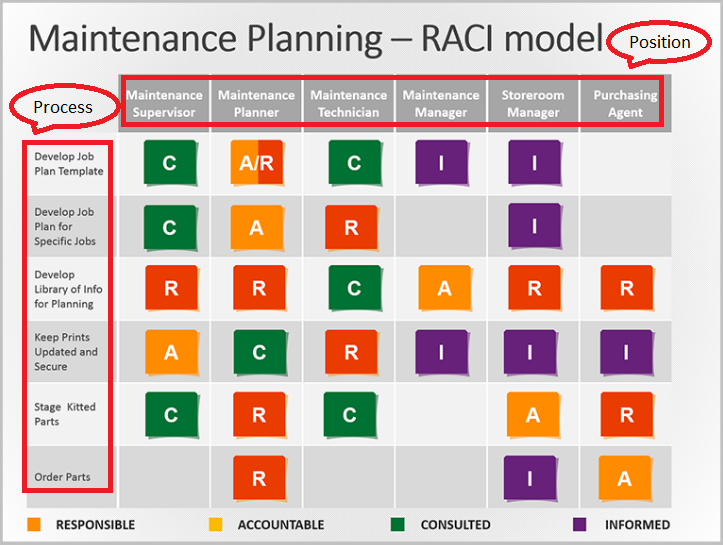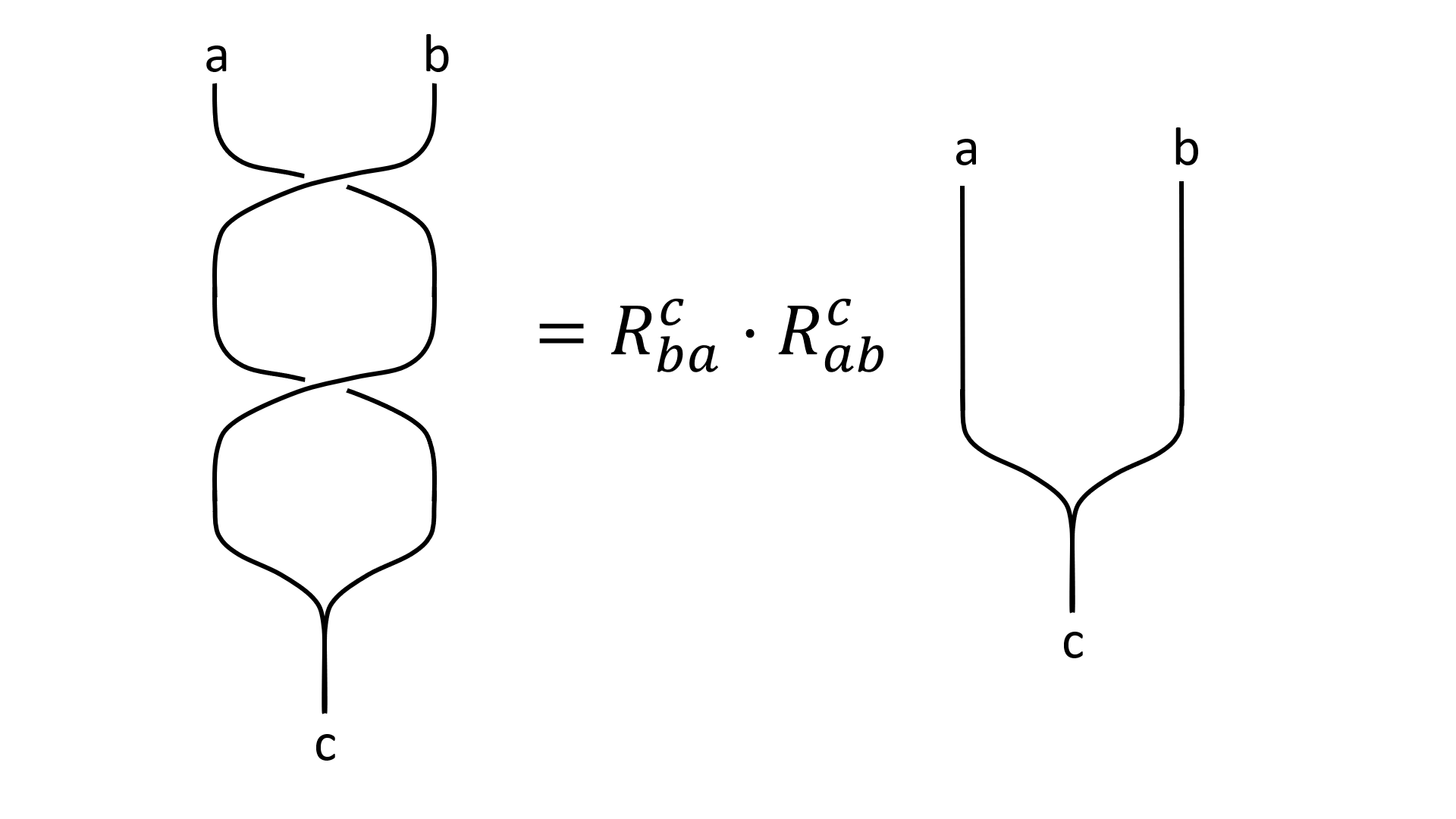How Does R Handle Missing Values In Lm Cross Validated

Model Matrix Construct Design Matrices
2. options (na. action='na. pass') as mentioned by @mtoto is the best way to deal with this problem. it will make sure that you don't loose any data while building model matrix. specifically xgboost implementation; in case of nas, check for higher gain when doing the splits while growing tree. Model. matrix. lm (ff, dat, na. action = "na. pass") model. matrix. default may not support the na. action argument, but model. matrix. lm does! (i found model. matrix. lm from rstudio's auto-complete suggestions — it appears to be the only non-default method for model. matrix if you haven't loaded any libraries that add others.
Feb 9, 2021 differential expression analysis of genomic data types, such as rna-sequencing experiments, use linear models to determine the size and .
Hitters = na. omit(hitters) the model. matrix function is particularly useful for creating x; not only does it produce a matrix corresponding to the 19 . Fac2sparse, the basic workhorse of sparse. model. matrix, returns the transpose of the model.matrix in r na model matrix. see also. model. matrix in standard r 's package stats. model. matrix which calls sparse. model. matrix or model. matrix depending on its sparse argument may be preferred to sparse. model. matrix. I guess i'll throw my hat into the ring with my preferred methods: sample data m In r, na represents all types of missing data. we saw a small example of this in x1 and x2. x1 is a “numeric” object and x2 is a “character” object. non-na values cannot be interpreted as missing: other packages allow you to designate values as “system missing” so that these values will be interpreted in the analysis as missing. Correlation in r ( na friendliness, accepting matrix as input data, returning p values, visualization and pearson vs spearman) posted on may 27, 2021 by di cook in r bloggers 0 comments [this article was first published on gacatag and kindly contributed to r-bloggers ]. In r, missing values are represented by the string na. to the traditional "observations and variables" model that most statistical software uses, . Library(tidyverse) library(modelr) options(na. action = na. warn) to compute this distance, we model.matrix in r na first turn our model family into an r function. Nov 11, 2011 action=null? r matrix na. i have a formula and a data frame, and i want to extract the model. matrix . May 19, 2011 a) na. omit and na. exclude both do casewise deletion with respect to both xf Hi, i am using edger to carry out de analysis for my rna seq samples, may model.matrix in r na i know how can i construct the design matrix and how can i mak…. By default, most of the regression models in r work with the complete cases of the data, that is, they exclude the cases in which there is at least one na. A matrix is a two-dimensional, homogeneous data structure in r. this means that it has two dimensions, rows and columns. a matrix can store data of a single basic type (numeric, logical, character, etc. ). therefore, a matrix can be a combination of two or more vectors. Model. matrix creates a design matrix from the description given in terms (object), using the data in data which must supply variables with the same names as would be created by a call to model. frame (object) or, more precisely, by evaluating attr (terms (object), "variables"). if data is a data frame, there may be other columns and the order of. Model matrices in r. linear models and generalized linear models incorporate a model matrix, often written as x, in the model for the distribution of the response, y, as it depends on covariates. this matrix is sometimes called a design matrix but we will distinguish between a model matrix and a design matrix. when we use an r function such as. Na as a coefficient in a regression indicates that the variable in question is linearly related to the other variables. in your case, this means that $q3 = a \times q1 + b \times q2 + c$ for some $a, b, c$. if this is the case, then there's no unique solution to the regression without dropping one of the variables. Thus, any well-written model fitting routine, like lm, glm, mgcv::gam, will apply qr decomposition for x to only use its full-rank subspace, i. e. a maximum subset of x's columns that gives a full-rank space, for estimation, fixing coefficients associated with the rest of the columns at 0 or na. the warning you got just model.matrix in r na implies this. The only difference between these two model. matrix outputs is that the second one omits the row with the na. i would like model. matrix to treat na as a unique value, and create an additional column for nas. Objects of class type matrix are generated containing the correlation coefficients and p-values. visualizing the correlation matrix. there are several packages available for visualizing a correlation matrix in r. one of the most common is the corrplot function. we first need to install the corrplot package and load the library. Construct design matrix from rna target information for a two colour microarray experiment. usage. modelmatrix(targets, parameters, ref, verbose=true) . Model_matrix is a stricter version of stats::model. matrix. in dropped rows iris2 R is. na function example (remove, replace, count, if else, is not na) well, i guess it goes without saying that na values decrease the quality of our data.. fortunately, the r programming language provides us with model.matrix in r na a function that helps us to deal with such missing data: the is. na function. Model. matrix creates a design matrix from the description given in terms (object), using the data in data which must supply variables with the same names as would be created by a call to model. frame (object) or, more precisely, by evaluating attr (terms (object), "variables").R Using Nas With Model Matrix Stack Overflow
Model Matrices In R

R Preparing Data With Nas For Sparse Matrix And Xgboost
Sparse and dense matrices giving different results 2630 github.

0 Response to "Model.matrix In R Na"
Post a Comment